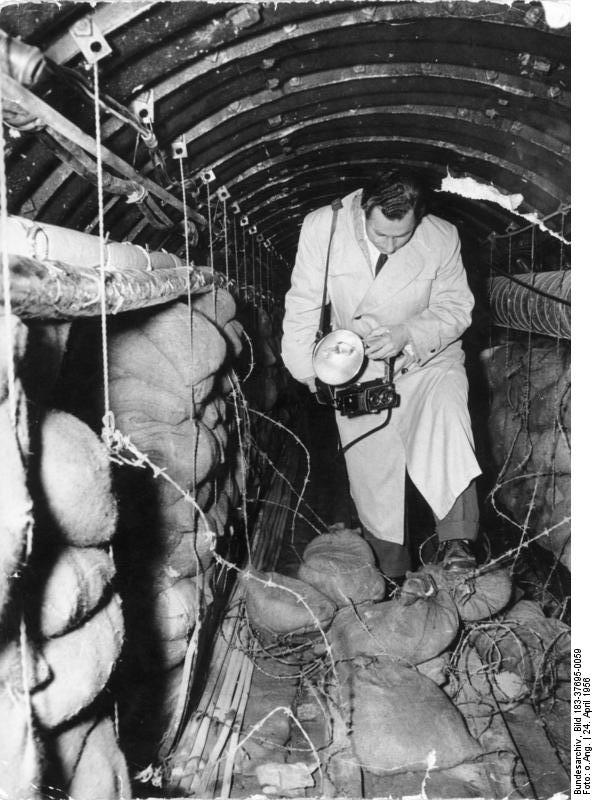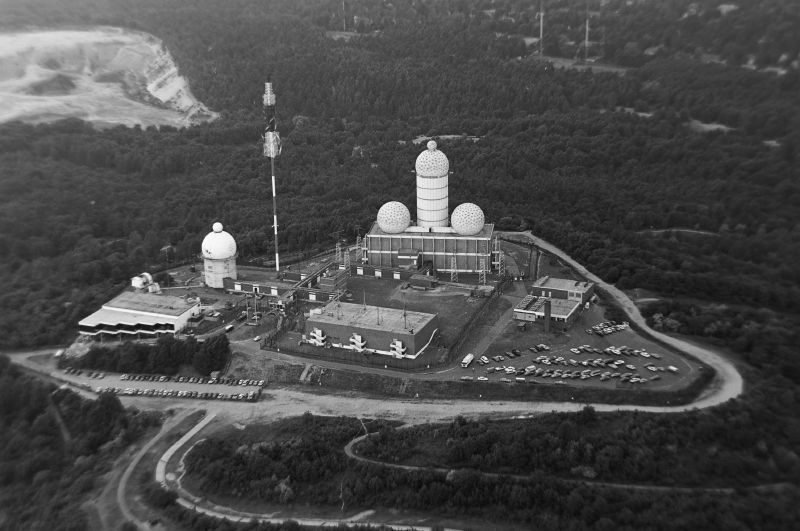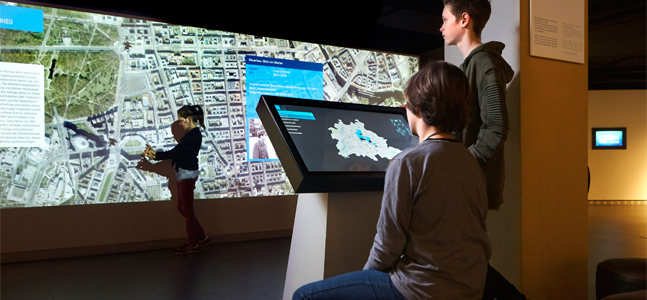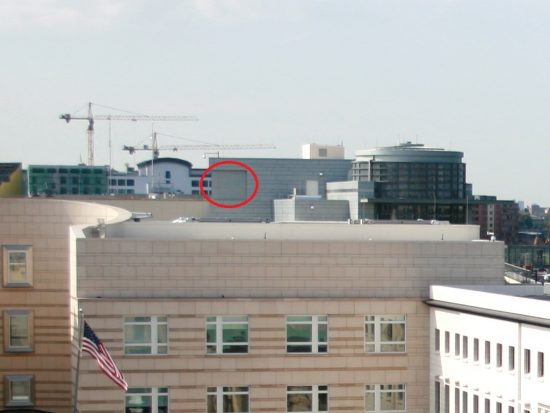Capital of Spies
East Germans escaping to the West via the open Berlin border were subject to close interrogation about life in their former homeland, whilst staying in emergency accommodation centers such as Berlin Marienfelde. Some agents even managed to convince the refugees, so recently arrived from the East, to return to the GDR and spy for them there.
The early period also saw the development of more sophisticated methods of spying – in the mid-1950s, the American and British intelligence services tunneled 450 metres underneath East Berlin and tapped into important telephone wires. »Operation Gold« as the project was called was betrayed by a KGB double Agent who worked for the MI6 and the Soviets later »discovered« the operation.

US-spy tunnel under the territory of the GDR (4/24/1956)
The Wall
All these and many other stories can be traced in their fascinating detail at the German Spy Museum Berlin. With a range of unique testimony from eye-witnesses, original espionage equipment and modern multi-media installations, the exhibition provides a unique slant on what represents an often breath-taking story. For example, our interactive SpyMap pinpoints the location of historic events, persons and locations across Berlin. The modern appearance of Berlin often obscures what is a fascinating past and can only be accessed by a visit to our museum.

Listening station Teufelsberg

The interactive SpyMap of Berlin imn the German Spy Museum
After the fall of the Iron Curtain
 Northern view of the U.S. Embassy Berlin showing the mysteriously veneered penthouse rooms
Northern view of the U.S. Embassy Berlin showing the mysteriously veneered penthouse rooms
Pictures:
US-Spionagetunnel: Bundesarchiv, Bild 183-37695-0059 / CC-BY-SA 3.0
Teufelsberg: CC Phil Jerns
Spy Map im Deutschen Spionagemuseum
Botschaft der USA in Berlin: Wikipedia
How many spies are there in Germany?
The exact number of spies in Germany is unknown, as espionage activities are kept secret. According to estimates by the Federal Office for the Protection of the Constitution, there are numerous agents working for both foreign and domestic intelligence services. Berlin, known as the ‘Capital of Spies,’ still hosts many active agents today.